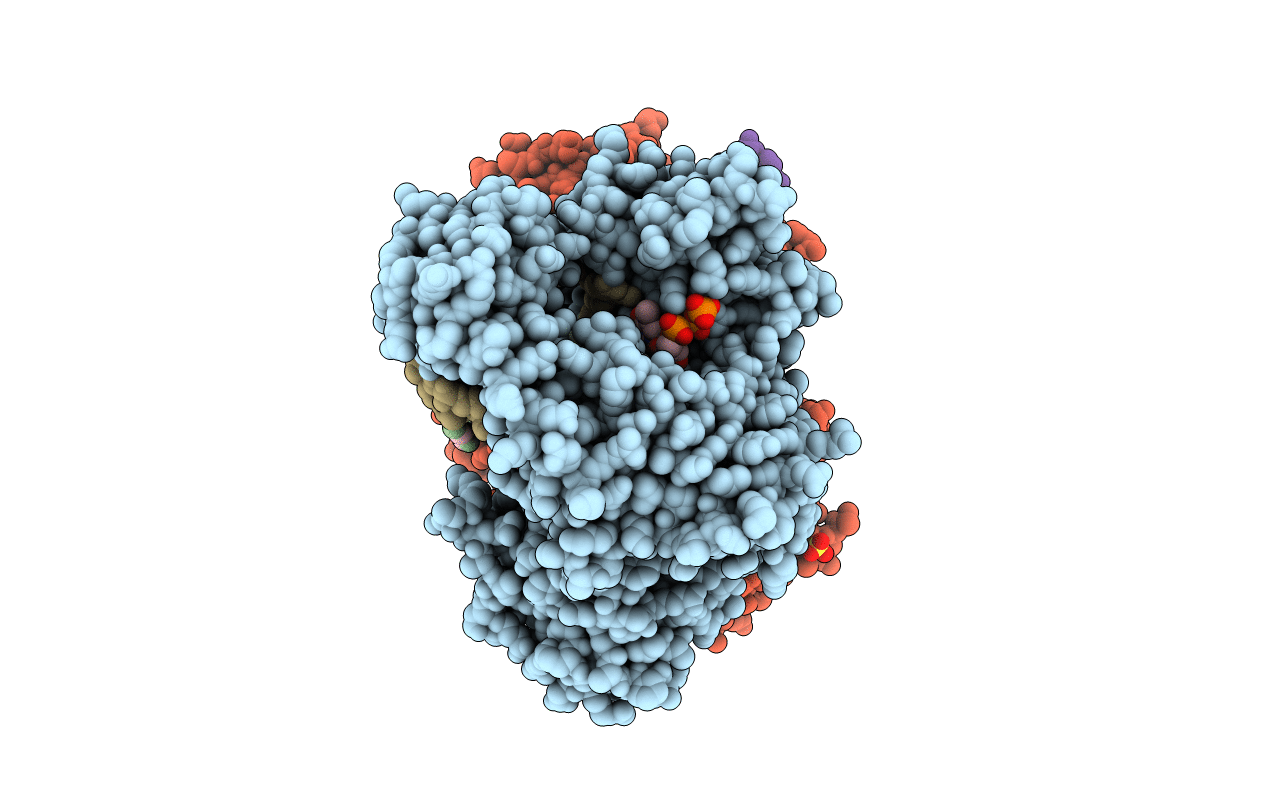
Deposition Date
2015-02-25
Release Date
2015-07-22
Last Version Date
2024-11-06
Entry Detail
PDB ID:
4YFU
Keywords:
Title:
Crystal structure of open Bacillus fragment DNA polymerase bound to DNA and dTTP
Biological Source:
Source Organism:
Geobacillus stearothermophilus (Taxon ID: 1422)
synthetic construct (Taxon ID: 32630)
synthetic construct (Taxon ID: 32630)
Host Organism:
Method Details:
Experimental Method:
Resolution:
1.50 Å
R-Value Free:
0.23
R-Value Work:
0.19
R-Value Observed:
0.19
Space Group:
P 21 21 21


